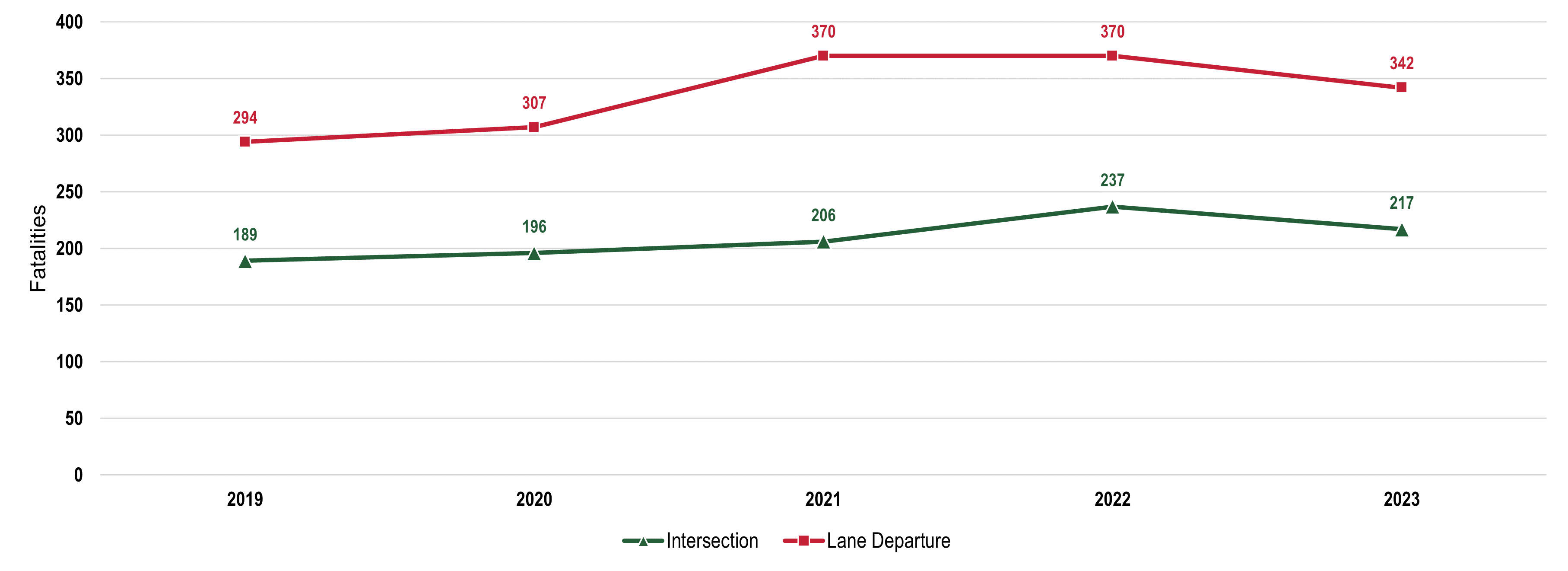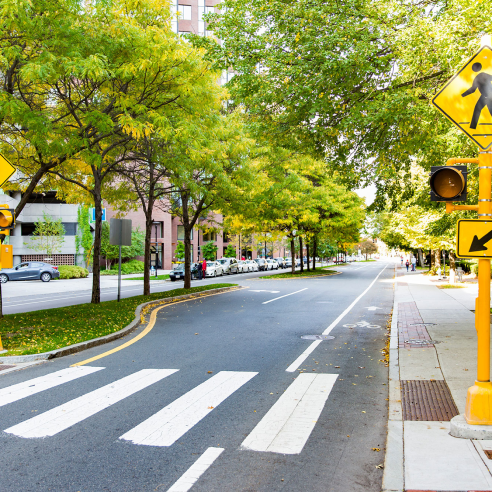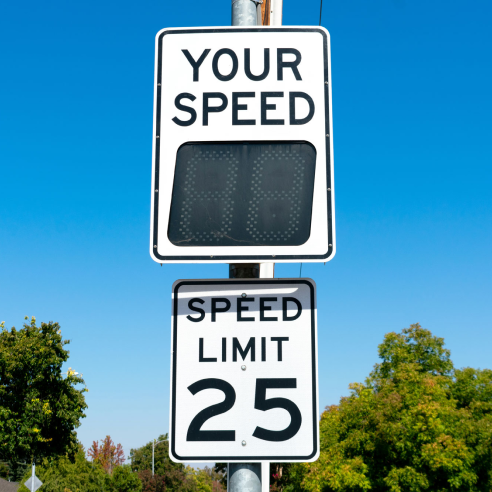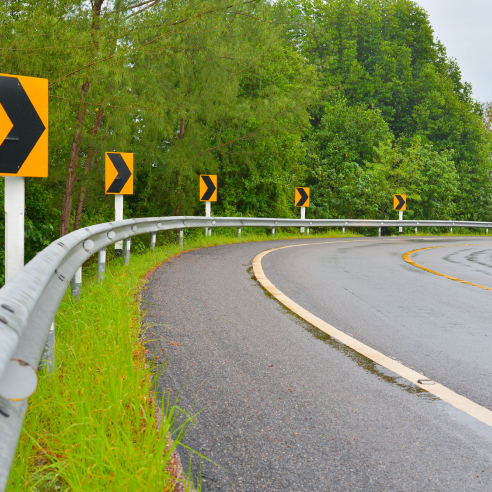Safe Roads
A key to improving transportation safety is updating the built environment with infrastructure and designs that facilitate safe trips for all modes. Designing safer roadway networks requires mitigating human mistakes, reducing crash severity, encouraging safe driving behaviors and creating safe spaces for vulnerable users.
Road Fatality Trends
Fatalities by Crash Type - Graph

Fatalities by Crash Type - Table
| 2019 | 2020 | 2021 | 2022 | 2023 | |
|---|---|---|---|---|---|
| Total Fatalities per Year | 483 | 503 | 576 | 607 | 559 |
| Intersection-Related | 189 | 196 | 206 | 237 | 217 |
| Lane Departure | 294 | 307 | 370 | 370 | 342 |
The data provided above for the most recent year is considered preliminary. Please refer to the Fatality Analysis Reporting System (FARS) through the National Highway Traffic Safety Administration (NHTSA) for the most accurate fatality data for the state of Colorado. The data source of the data above is the Colorado Department of Transportation crash database. For Intersection-Related fatalities, please keep in mind that crashes often occur at or very near intersections because these are the locations where two or more roads cross each other and activities such as turning left, crossing over and turning right have the potential for conflicts resulting in crashes (source: NHTSA). Lane Departure fatality data in the graph and table is inclusive of full roadway departures, as well as other types of lane departures. Reference more crash data and key transportation safety data information.

Intersections
The U.S. Department of Transportation (USDOT) has identified Colorado as a Focus State for intersection-related crashes. Safe Roads improvements at intersections include signal timing, visibility at both signalized and unsignalized intersections, designing for all users of the intersection and selecting the correct intersection control. Effective countermeasures identified by the USDOT include corridor access management, dedicated turn lanes, minimizing left-turn conflicts, and roundabouts.
Strategies
- SR5: Reduce intersection conflicts
- SR6: Perform Intersection Control Evaluations (ICE)
- SR7: Incorporate VRU designs
- SR8: Prioritize high-risk intersection locations
- SR9: Implement improved traffic controls

Speed Management
Roadway design can help manage driver speed. Most drivers will drive at a speed that feels appropriate for the conditions. To achieve safe speeds on Colorado roadways, speed limits must be set in a way that is data-driven and promotes safe driving, and the built environment must provide roadway features and cues that encourage safe speeds.
Strategies
- SR10: Promote appropriate speeds
- SR11: Set safe and realistic speed limits

Lane
Departures
Roadway or lane departures are a top cause of fatalities and serious injuries in single-vehicle crashes and in rural areas. A roadway departure often results in a serious collision with a roadside object, such as a tree or an embankment, or causes the vehicle to roll over and harm its occupants. Other lane departures can result in sideswipe or head-on collisions with oncoming vehicles or vehicles in other lanes. Keeping drivers on the road and in their lane often includes low-cost solutions, such as signing and striping improvements. Other times, rumble strips or high-friction pavement surface treatment can help reduce the likelihood of a departure. Guardrail or cable rail can also work to prevent errant vehicles from leaving the roadway.
Strategies
- SR01: Install traffic controls and safety barriers
- SR02: Improve roadway geometry

Off System
Off-system roadways are roads that are the responsibility of local jurisdictions (e.g., city, town, county) and are not maintained by the State of Colorado. The vast majority of Colorado’s roads are off-system, and nearly half of all fatal and serious crashes occur on these roadways. To be effective in reducing serious and fatal crashes, the state and local agencies need to work collaboratively. The SHSP identifies strategies that apply to all public roadways, including both on-system and off-system roadways.
Strategies
- SR03: Provide local agency assistance
- SR04: Encourage community-specific plans

Additional Tools & Resources
Safety Portal
Find current safety statistics, read related safety plans, explore data dashboards and learn about our funding programs.
Get Involved
Contact Us
Sign up for safety newsletters and contact the ATS Planning and Implementation Team!